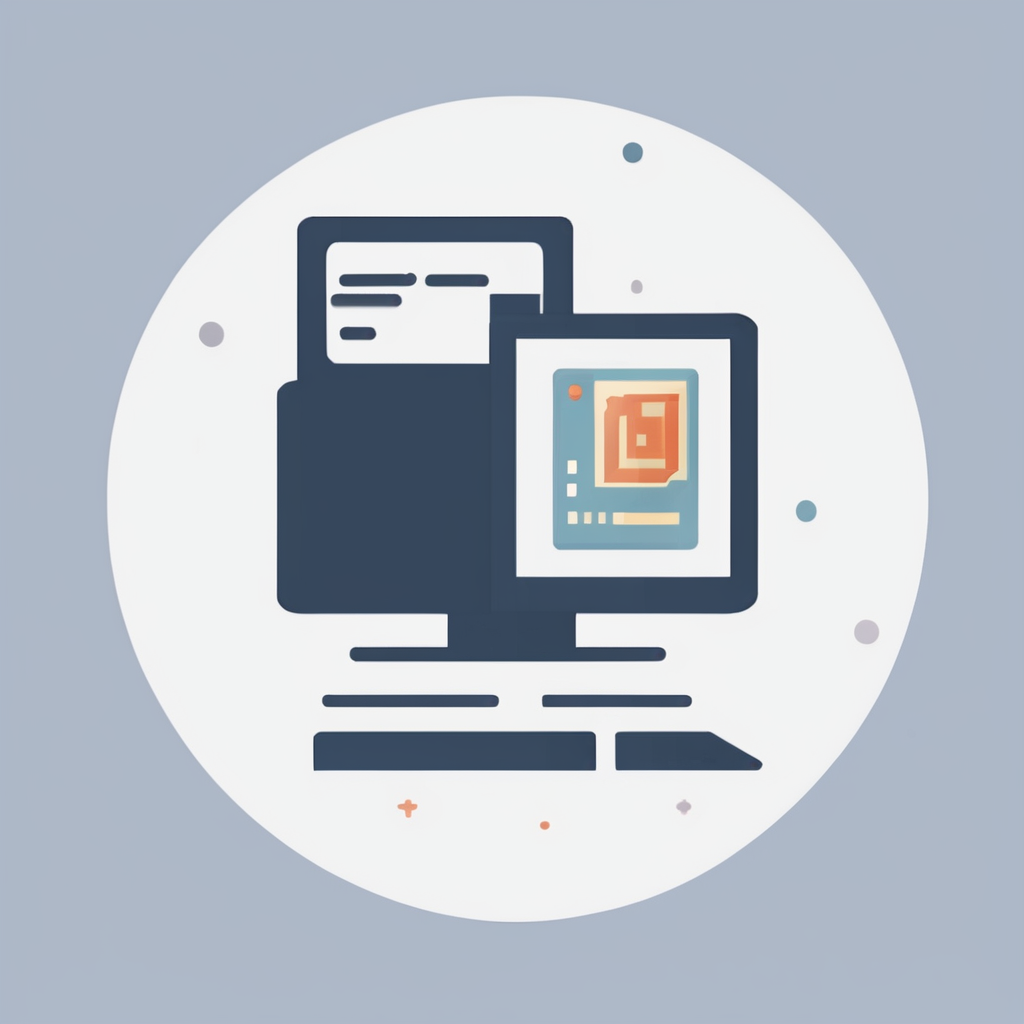Key Accessibility Features in UK Smartphones
Modern UK smartphone accessibility features are designed to support users with diverse needs, from visual to mobility impairments. Core features include screen readers, which read text aloud on the device, aiding those with visual disabilities. These readers help users navigate menus and apps efficiently, turning visual data into audio.
Voice commands are another crucial element, allowing hands-free control of smartphones. This benefits users with mobility or dexterity challenges by enabling actions such as making calls or sending messages through simple spoken instructions. The accuracy of voice command systems has improved, offering seamless interaction with the device.
Also to see : How is smartphone computing shaping the future of UK education?
Additionally, haptic feedback provides tactile responses, which are especially helpful for users with hearing impairments. This feature delivers physical sensations—like vibrations—to alert users to notifications or system actions without relying on sound.
The accessibility settings on UK smartphones also accommodate cognitive disabilities by simplifying interfaces and customizing input methods. By integrating these features, smartphones become more inclusive, improving usability for everyone. Users can tailor their devices according to their unique requirements, ensuring better day-to-day functionality.
Have you seen this : How Are Smartphones Influencing Technological Advancements in Computing?
Compliance with UK Regulations and Standards
In the UK, smartphone accessibility is governed by stringent legal frameworks to ensure inclusivity. The Equality Act 2010 is central, mandating that products and services, including smartphones, must not discriminate against individuals with disabilities. This act compels manufacturers to incorporate features that support users with varied needs, reinforcing the importance of accessible technology.
Additionally, Ofcom guidelines provide further direction for communication devices, emphasizing clear usability and equitable access. These guidelines influence manufacturers to embed functions such as screen readers, voice control, and customizable display settings. Such features help meet the standards set forth by UK accessibility standards, ensuring smartphones accommodate a diverse user base.
UK regulations significantly impact design choices, pushing companies toward innovation that balances functionality with compliance. This means integration of accessibility features is not an afterthought but a core design principle. For consumers, this translates to more equitable access to technology without compromising performance or aesthetics. Manufacturers aligning with these mandates contribute to a more inclusive digital landscape, reflecting a commitment to social responsibility and user empowerment.
Brand Initiatives and Feature Innovations
In recent years, Apple accessibility UK features have focused heavily on inclusivity, offering robust tools tailored for users with vision, hearing, and mobility impairments. For example, VoiceOver and Magnifier are continuously refined to work seamlessly with popular UK apps. Apple’s emphasis on simplicity and integration ensures users can easily customize accessibility settings without tech frustrations.
Samsung accessibility features showcase a strong commitment to personalized experiences. The company’s Voice Assistant and high-contrast modes are designed with adaptability in mind for a diverse UK audience. Samsung also incorporates haptic feedback enhancements, allowing users with sensory impairments to engage more effectively.
Meanwhile, Android accessibility UK evolves through Google’s ecosystem, offering features like Live Transcribe and Sound Amplifier. These innovations support real-time accessibility needs, crucial for everyday communication. Android’s open approach encourages third-party app developers to create inclusive solutions, expanding accessibility beyond built-in features.
Comparisons to past solutions reveal significant progress. Devices are now more responsive to individual needs, rather than one-size-fits-all. These brand innovations reflect a growing dedication to inclusion—each improving how people with disabilities interact with technology in the UK daily.
Real-Life Benefits for Users with Disabilities
Smartphone user stories UK highlight how disability tech benefits have transformed the lives of many individuals. Features like voice control, screen readers, and customizable interfaces enable greater independence. For example, users with visual impairments often rely on screen readers to access information and communicate efficiently. This direct impact on communication helps bridge significant gaps that previously limited engagement.
Many accessibility case studies demonstrate improved daily activities. Tasks such as grocery shopping or managing transportation schedules become simpler with smartphone apps designed for users with disabilities. Custom gestures and audio feedback create a seamless experience, allowing users to navigate their environments more confidently.
Despite these advances, challenges persist. Battery life and complex interfaces sometimes hinder usability for certain users. Furthermore, while many apps incorporate accessibility options, inconsistent implementation leads to frustration. Continuous development in disability tech benefits is essential to address these gaps, ensuring technology remains a true enabler of autonomy. Through ongoing innovation, smartphones can better serve diverse needs and enhance quality of life across varying disabilities.
Emerging Technologies Shaping Smartphone Accessibility
Innovations in AI accessibility are rapidly transforming how smartphones cater to diverse user needs. Machine learning algorithms now enable personalisation that adjusts interfaces in real time, enhancing usability for individuals with sensory or cognitive impairments. By recognising voice patterns, gestures, or eye movements, next-gen assistive tech delivers more intuitive control options, making devices more inclusive than ever.
Wearables and the Internet of Things (IoT) increasingly integrate with smartphones to expand accessibility. Smartwatches and hearing aids, for example, synchronize with mobile devices to provide seamless interaction, notifications, and environmental adaptations. This interconnected ecosystem increases independence for users and integrates assistive features into daily routines naturally.
Looking ahead, UK smartphone users can expect further advances such as AI-driven predictive text tailored to individual speech patterns and smarter screen readers that adapt to content context. These emerging technologies promise to not only enhance existing accessibility features but also introduce entirely new modes of interaction. Exploring these developments empowers all users to take full advantage of mobile technology’s potential in an accessible and personalized manner.
